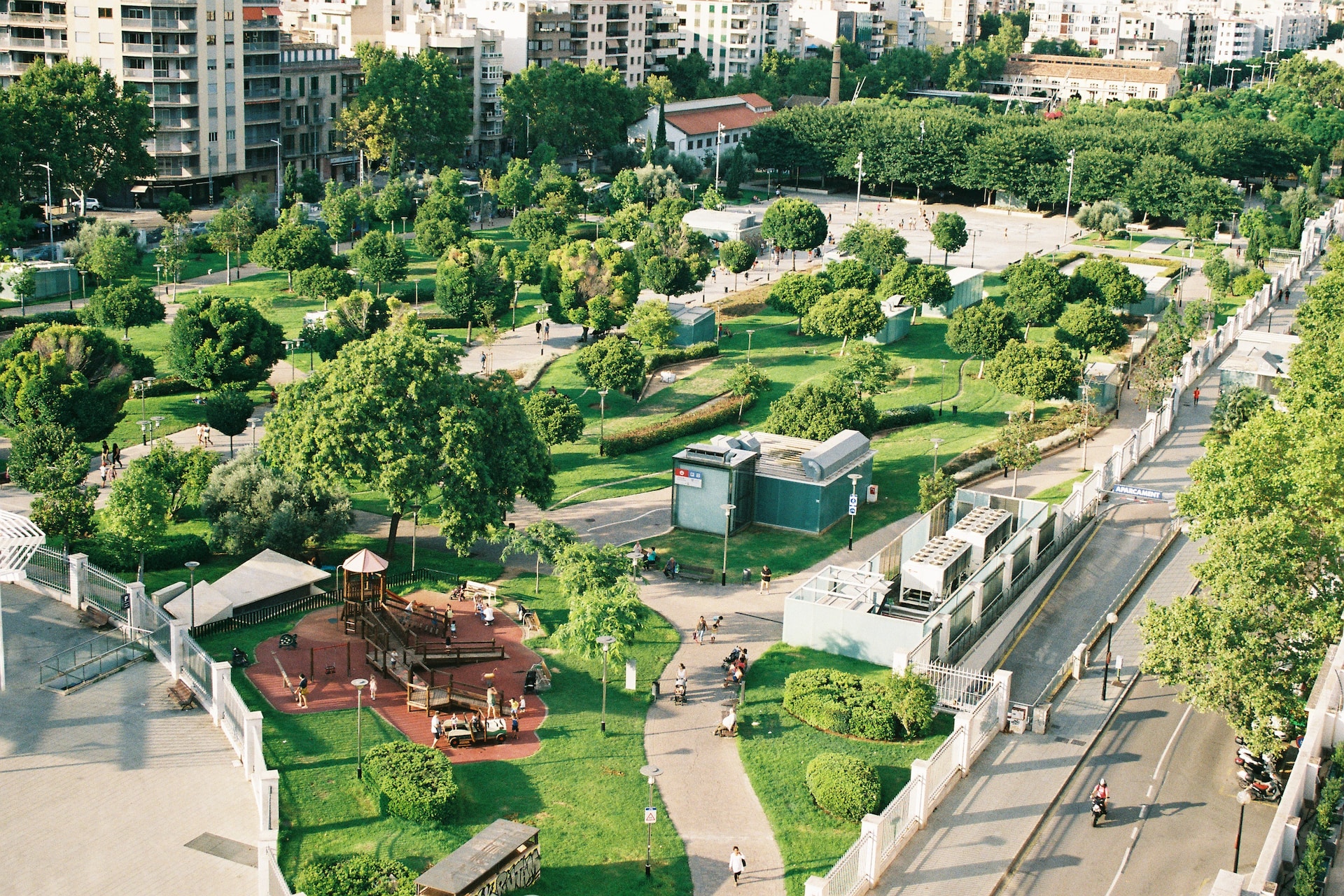
Climate ready, set, go!
10 November, 2023
Avid readers of Friday 5 may have a touch of déjà vu, but stay with us, as we build on last week’s shout out to Aviva’s Climate Readiness Index! For those who need a reminder, this is an index assessing climate change adaptation and mitigation of G7 countries and Ireland. Last week we discussed the UK’s stagnating progress in our climate adaptation journey, and today we wanted to highlight a great example overseas of adaptation in Hoboken, a flood-prone area in New Jersey.
Hoboken is built on a flood plain, which was under threat from rising sea levels. In fact, in 2012 Hurricane Sandy left Hoboken under water and without electricity for days, with $110 million of property damage and weeks of clear up. Fast forward to this September, where a storm dropped 3.5 inches of water on a single Friday morning, coinciding with high tide and causing concern among officials who declared a state of emergency. Across the river, Brooklyn saw subway lines closed and thigh deep water on the streets. So what was the story in Hoboken? Six cars towed, a few inches of water by the evening on three of 277 intersections and all sorted within a day – not too bad overall!
So how did they do it? Rather than trying to block the rain with impermeable infrastructures, they rebuilt sewage systems adding capacity to prevent overflow and built parks to collect and slow water (as well as adding to the city’s social appeal!) In fact, the new 5-acre ResilienCity park containing playgrounds and fields collected 1.4 million gallons of water during the September storm. A great example of climate adaptation linked with social good – but is it financially practical? Well, a study by Ramboll and Rebuild by Design suggest that every dollar invested in flood adaptation infrastructure returns $2 in avoided losses.
So what does this mean? We know that the UK has failed to make meaningful progress on our Climate Ready Index score. Given that flood risk is worsening, maybe it’s time to take a leaf out of Hoboken’s book and be proactive in our adaptation strategy – if that means getting some more parks and playgrounds, everyone’s happy!
By Anna Heis
 Back to all friday 5
Back to all friday 5